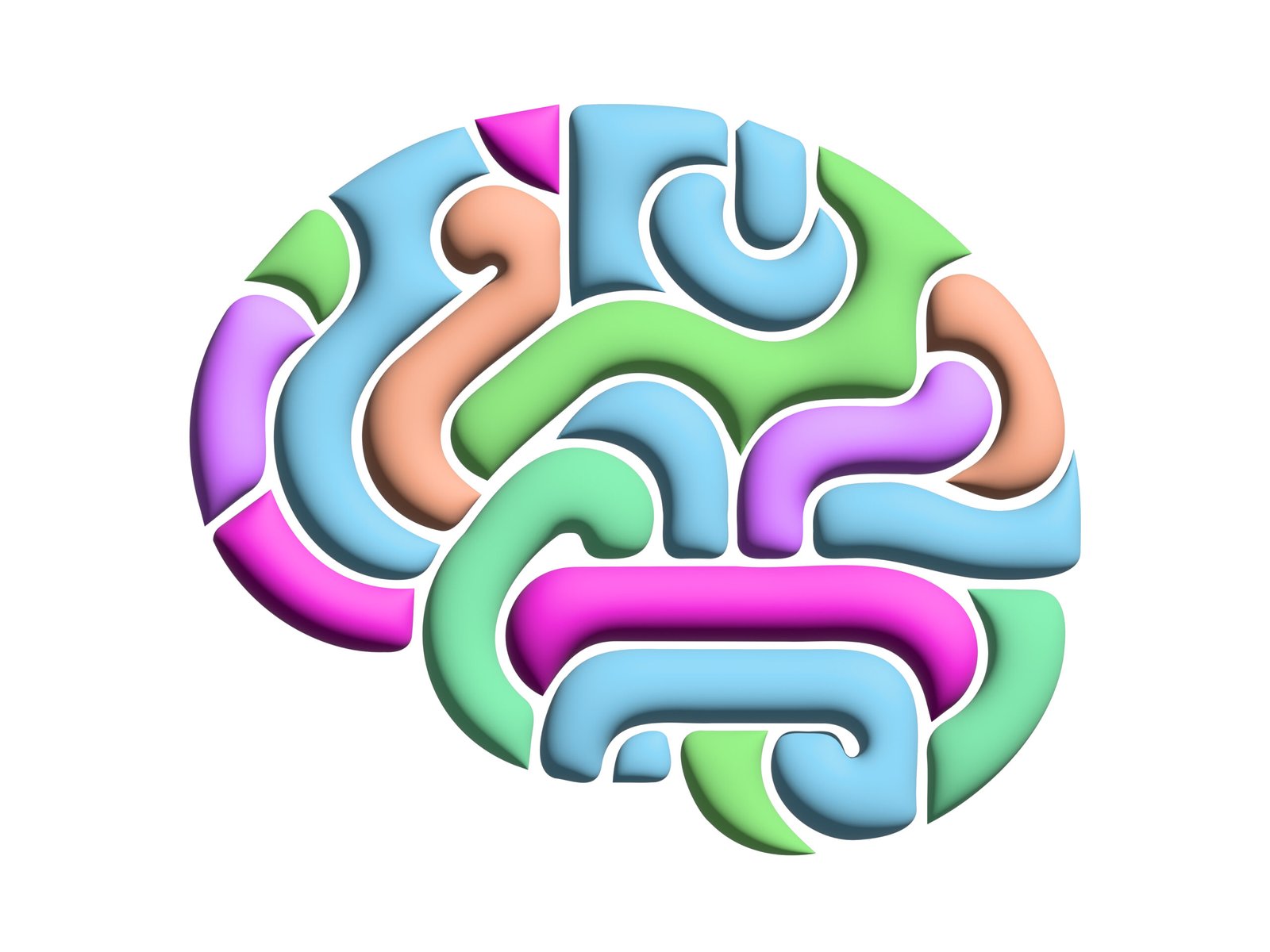
three dimensional abstract human brain design element.
The Science Behind Compulsive Behaviors: Understanding Your Brain’s Survival Mechanism
You’re not broken. You’re just caught in a cycle that your brain thinks is necessary for survival. Compulsive behaviors often feel like a personal failure, but they’re not. They’re your mind’s way of trying to protect you. What if you could understand these brain mechanisms and transform your emotional survival into genuine healing? In this post, we’ll explore how to shift from shame to strength, and how VK Circle’s unique approach can empower you without judgment or labels. Ready to reclaim your power? Let’s begin. Learn more about the brain’s support cells in compulsive behaviors.
Understanding Brain Mechanisms

Understanding how our brain works is crucial to unraveling the mysteries of compulsive behaviors. These behaviors aren’t just random actions but are deeply rooted in the brain’s survival mechanisms. By understanding these mechanisms, we can begin to see compulsions as misguided attempts to protect us, rather than personal failures.
The Brain’s Survival Instinct
The brain is wired for survival, an instinct that dates back to our ancient ancestors. When faced with danger, this instinct kicks in, prompting quick responses to threats. In modern times, these instincts can misfire, leading to compulsive behaviors as a form of protection.
Research from Stanford University highlights how the brain’s ancient wiring can make us repeat behaviors that once kept us safe. This is not a flaw but a function of our evolutionary history.
Compulsive behaviors can be seen as maladaptive survival strategies.
The brain’s response to perceived threats can trigger repetitive actions.
Understanding this response helps in reframing how we see compulsive actions.
Acknowledging the brain’s role in these behaviors can lead to more compassionate self-understanding. It’s not about being broken; it’s about recognizing the brain’s protective instincts at play.
Compulsive Behaviors as Protection
Compulsive behaviors often arise from the brain’s attempt to shield us from emotional or physical harm. These actions can seem irrational but serve a purpose in our emotional survival strategy.
According to Michigan Medicine, compulsive actions are triggered by a “stuck loop” in our brain. This loop convinces us that engaging in certain behaviors will keep us safe, even when they’re no longer beneficial.
The brain’s misinterpretation of threats can lead to repeated actions.
These behaviors often stem from past experiences or unresolved trauma.
Understanding this can reduce feelings of shame and guilt.
By seeing compulsive behaviors as protective mechanisms, we can approach them with empathy and understanding. This shift in perspective is the first step towards emotional healing.
Emotional Survival and Healing

Emotional survival is about more than just getting through the day. It’s about transforming the way we respond to emotions and building resilience. Healing involves moving from a place of shame to a position of strength.
From Shame to Strength
Shame often accompanies compulsive behaviors, making individuals feel isolated and powerless. However, recognizing that these behaviors are survival strategies can empower people to move beyond shame.
As detailed in Life in Abundance, understanding the root causes of compulsive actions can transform how individuals perceive themselves. By shifting focus from shame to healing, individuals can regain control over their lives.
Acknowledge that compulsive behaviors are not personal failures.
Identify underlying emotional triggers.
Embrace self-compassion and forgiveness.
By addressing the root causes of these behaviors, individuals can transform shame into strength, fostering emotional resilience and healing.
Self-Worth Transformation
Self-worth is often undermined by compulsive behaviors, yet transforming self-worth is key to emotional healing. This transformation involves rebuilding trust in oneself and recognizing one’s inherent value.
The PMC article outlines how changing perceptions of self-worth can enhance emotional well-being. By focusing on self-affirmation and positive self-talk, individuals can rebuild their self-worth.
Recognize personal achievements and strengths.
Practice self-affirmation regularly.
Cultivate an environment that supports positive self-views.
Transforming self-worth requires continuous effort but leads to profound emotional changes, helping individuals live more fulfilling lives.
Power of Non-Clinical Coaching

Non-clinical coaching offers a unique approach to addressing compulsive behaviors. By focusing on personal empowerment and emotional liberation, individuals can achieve significant breakthroughs without the stigma of clinical labels.
VK Circle’s Unique Approach
VK Circle offers a distinctive method that combines the Heal Your Life® methodology with high-performance mindset coaching. This approach focuses on helping individuals understand their emotional patterns and make transformative changes.
In a supportive, non-judgmental space, VK Circle prioritizes emotional healing and self-worth transformation. This method allows individuals to explore their feelings and behaviors without fear of judgment or labels.
Heal Your Life® Methodology: Addresses underlying emotional pain.
Mindset Coaching: Builds resilience and fosters positive change.
Supportive Environment: Encourages open exploration of feelings.
VK Circle’s approach empowers individuals to reclaim their power and achieve emotional liberation, fostering lasting transformation.
Tools for Emotional Liberation
VK Circle provides practical, empowering tools that guide individuals toward emotional freedom. These tools focus on breaking the cycle of compulsive behaviors by addressing emotional pain at its core.
Reflective Questions: Encourage deep self-exploration.
Affirmations: Reinforce positive beliefs about self-worth.
Mindfulness Practices: Promote emotional awareness and regulation.
These tools are designed to be accessible and effective, providing individuals with the means to achieve emotional clarity and liberation.
🌟✨



